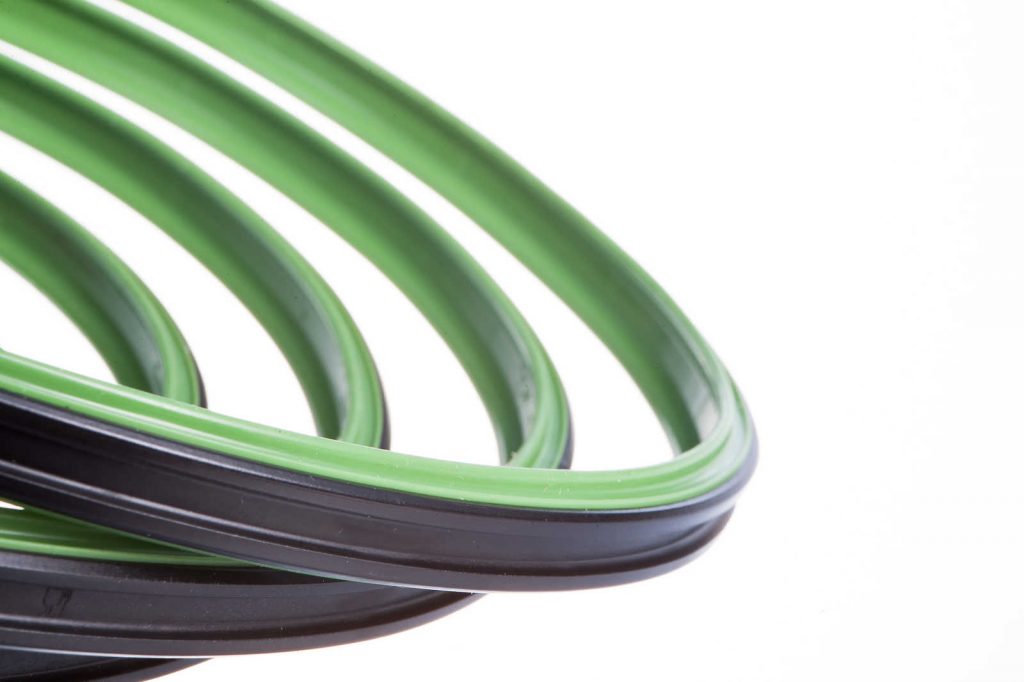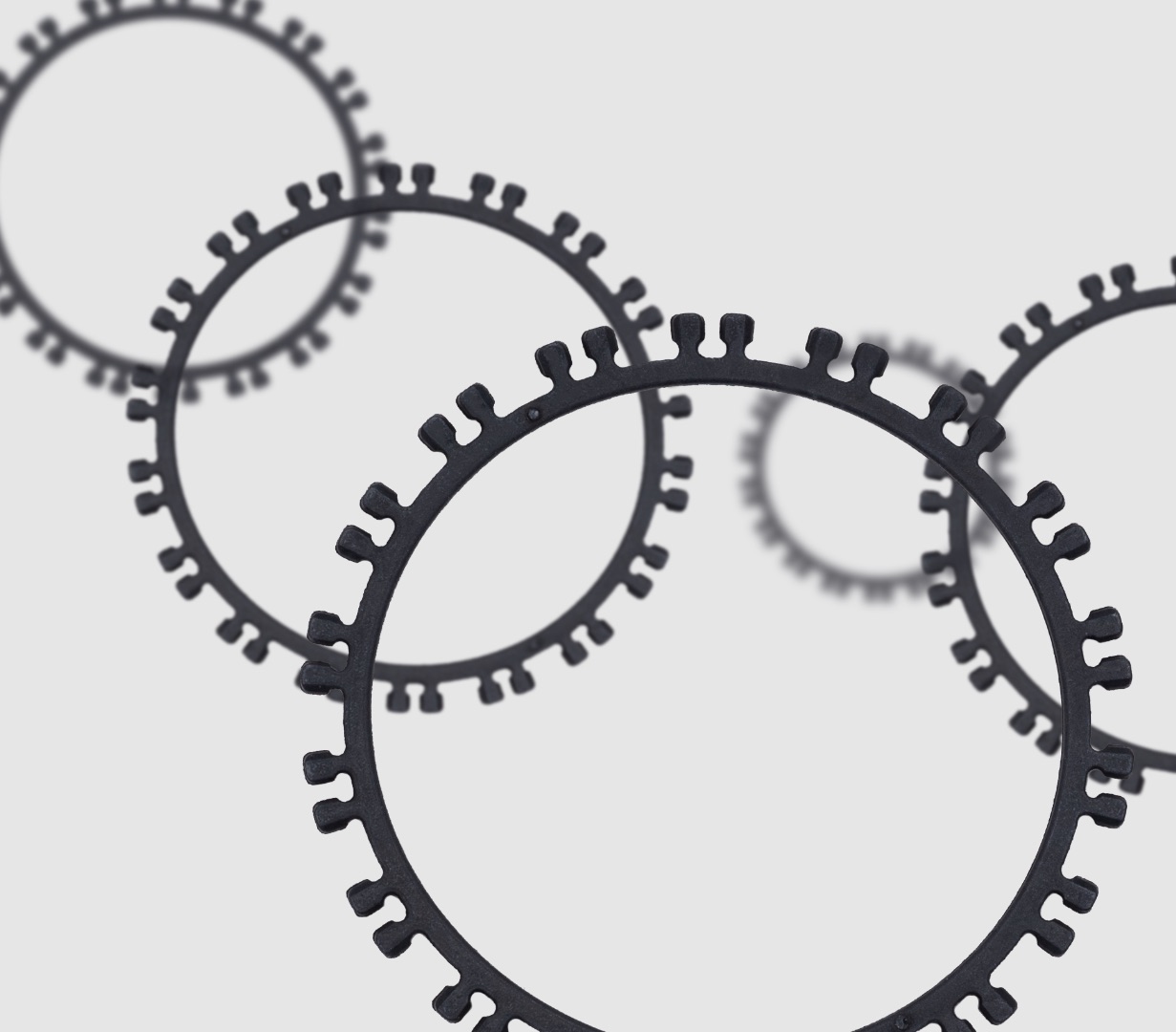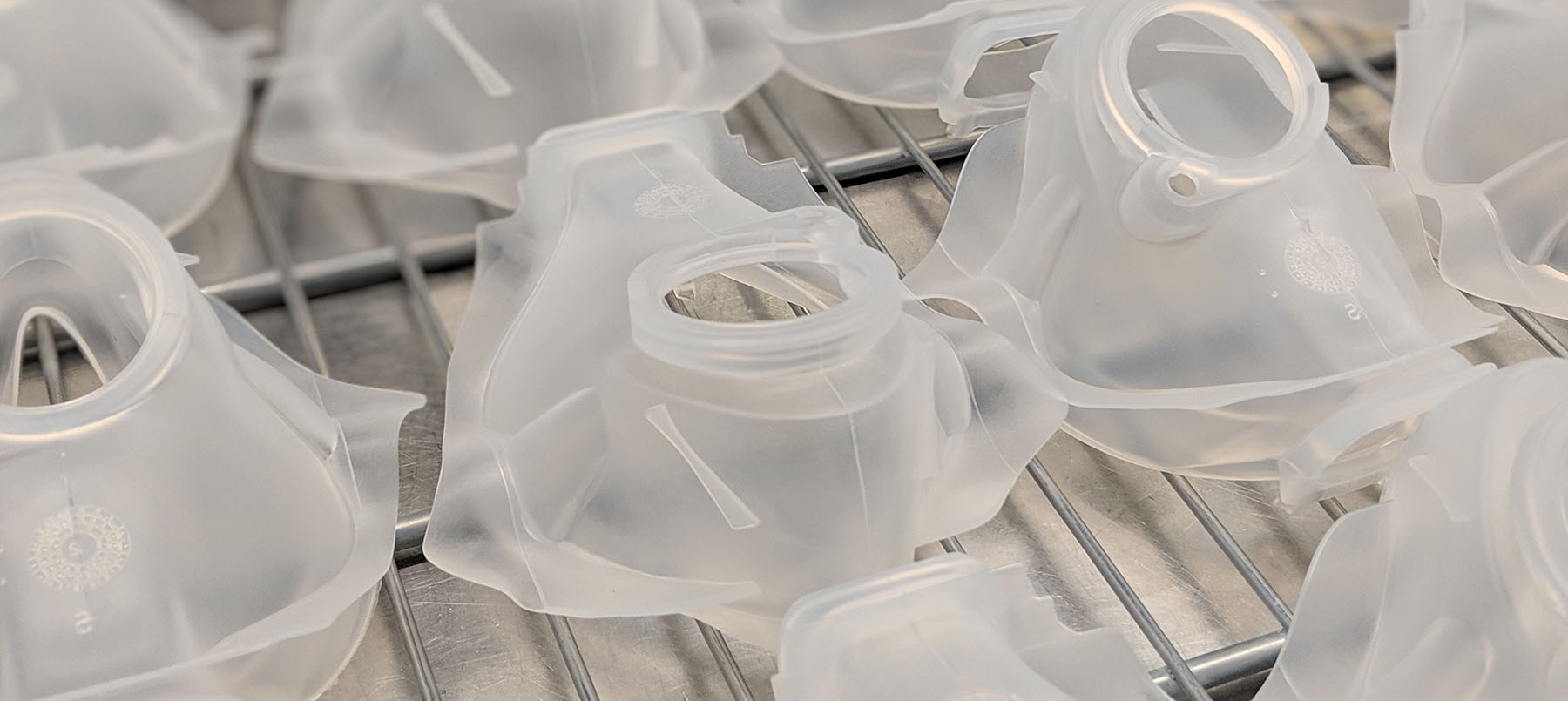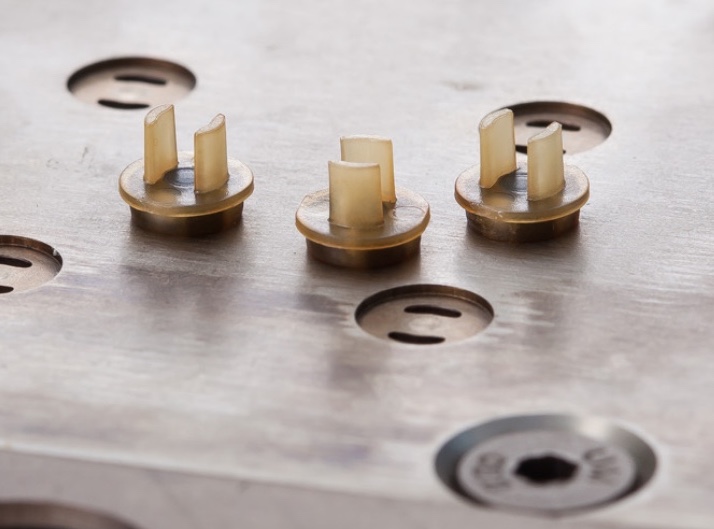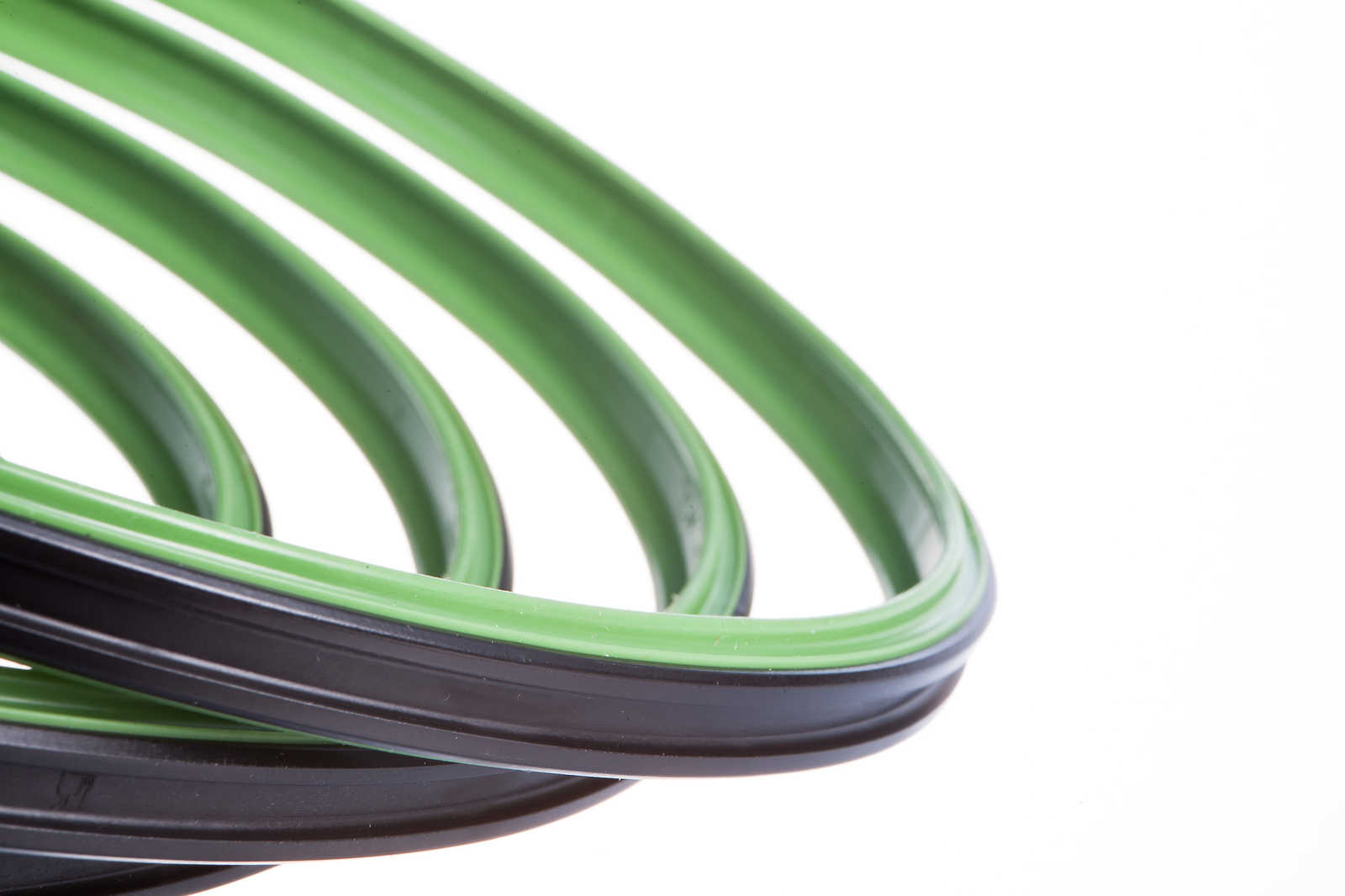PLASTIC-RUBBER COMPOSITE
Startseite » Products » Plastic-rubber composite
Advantages of plastic-rubber composite parts
From a technological point of view, the 2K process and multi-component injection moulding are proven and established processes for plastic injection moulding.
Whether the components are hard/soft (thermoplastic/TPE composite) or multicoloured, is irrelevant.
For hard/soft components with high mechanical, chemical and/or thermal requirements, thermoplastic elastomers have their limits. The use of rubber-based elastomers (generally known as rubber) is required here. Plastic and rubber composite parts (thermoplastic/elastomer composite) find their applications here.
Up to now, these components have generally been manufactured at different locations in two manufacturing processes. The aim is to manufacture K+K components from one tool at one location in all cases where technical feasibility is combined with cost reductions, thereby creating significant customer benefits.
Advantages
- Weight reduction (plastic instead of metal)
- Corrosion-free (plastic instead of metal)
- Cost-effective injection moulding production
- No adhesive system required
Economic efficiency
- The manufacturing process can be largely automated by dispensing with the use of adhesion promoters.
- No need for multiple handling of parts
- Possible sources of error are avoided and the reject rate decreases.
- Depending on application-specific conditions, cost savings of up to 30% can be achieved.
Fields of application
Wherever rubber parts have to be permanently fastened or fixed. Such composite parts can be found in a wide variety of applications, e.g. damping bearings in the chassis area of motor vehicles, stop buffers, reinforced seals in machines and engines.
